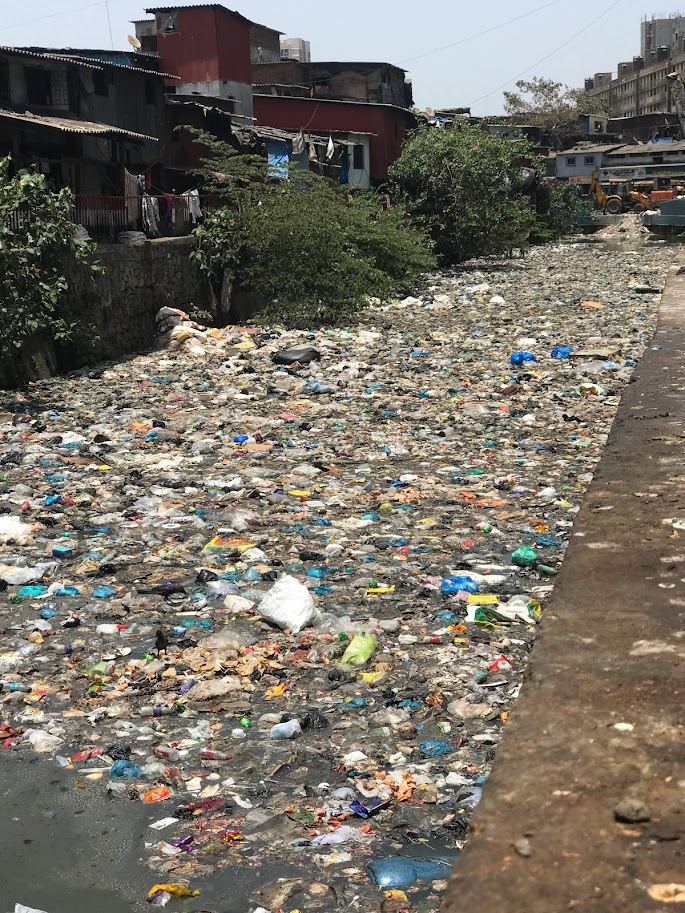Sachets And The Ocean Plastic Problem
Plastic waste is a problem here in the UK, but a far bigger problem in Asia where plastic capture is more sporadic. Instead of making it to landfill or incinerators (neither of which are great options) much of it gets into waterways and ultimately into the oceans.
According to research by German scientists, eight rivers in Asia are among the top ten sources of plastics pollution in the world’s oceans.
…More than 8 million tonnes of plastic leak into the oceans every year, of which more than 80% of marine plastic waste comes from land-based sources as discarded plastic that has been improperly managed leaks into the oceans. Two thirds of land-based plastic waste that ends up in the oceans originates from waste that has been left uncollected (that is, disposed of into the environment), while the remaining one third constitutes leakage from improper waste management systems.
The primary culprit for this pollution is not hard plastic (water and shampoo bottles etc.) but small flexible plastic sachets that in Asia are used for a wide variety of consumer goods. In the West we’re familiar with them for holding tomato ketchup, but in many lower income countries they’re used for shampoo, laundry detergent, many foods and other household essentials.
Each year, a vast number of sachets are used.
…In 2018 some 855 billion sachets were used worldwide, over 100 per year for each human alive. Only 10 percent of all plastics are ever collected and recycled, and the number for sachets is close to zero
FMI estimates that about a trillion are used each year.
Because sachets have no residual value and cannot be recycled, they’re discarded. I was in India earlier this month and you see empty sachets everywhere. You don’t even notice until you look…

Sachets and other forms of flexible plastic get dumped and accumulate in numerous places, often in waterways and on beaches.
Here's a picture I took in Mumbai the other week...


